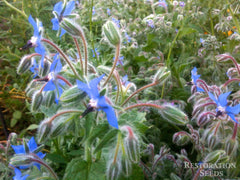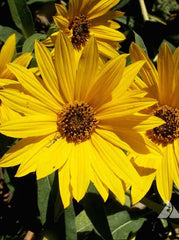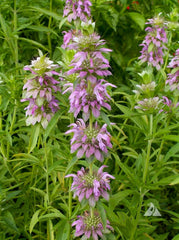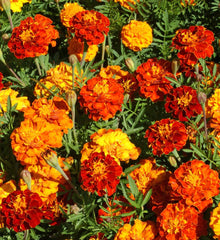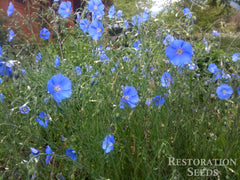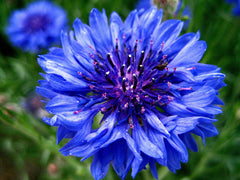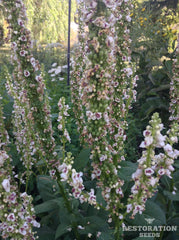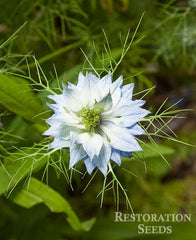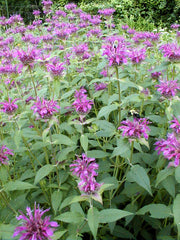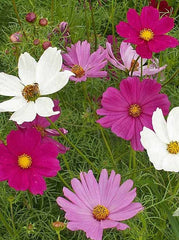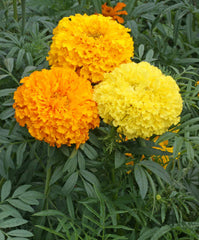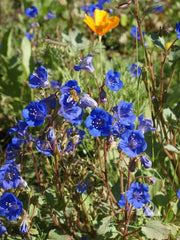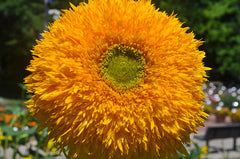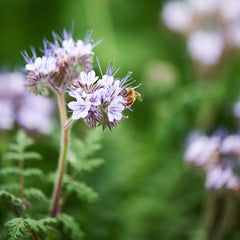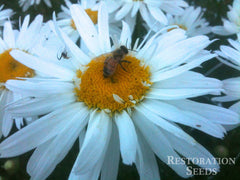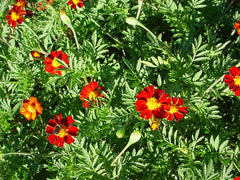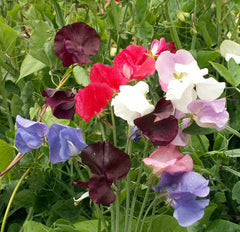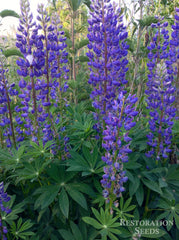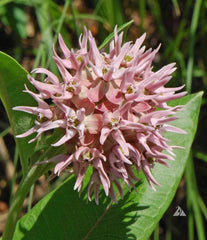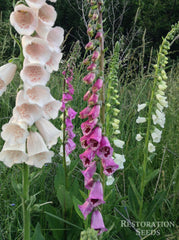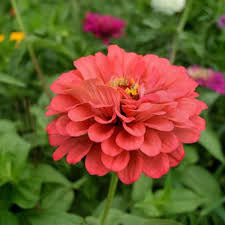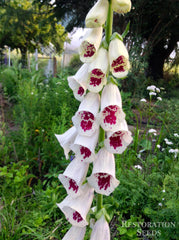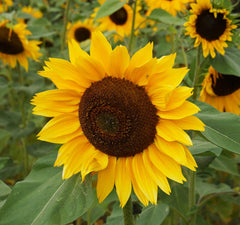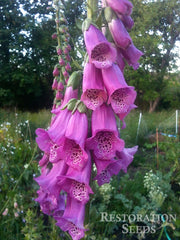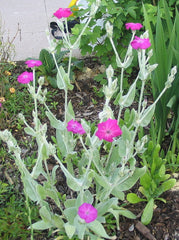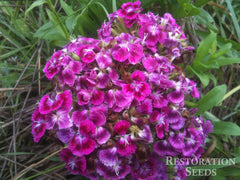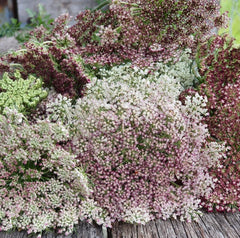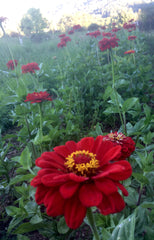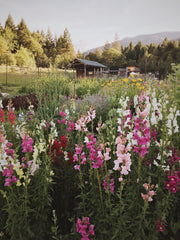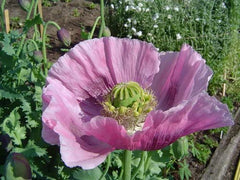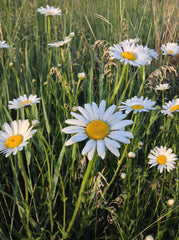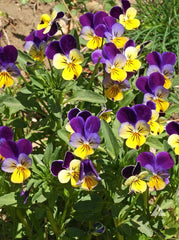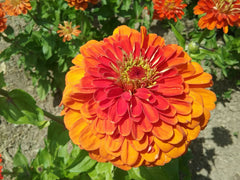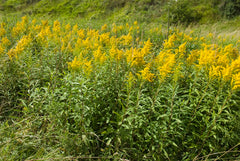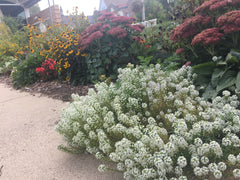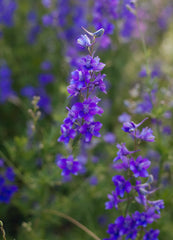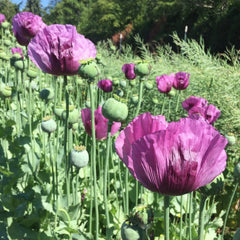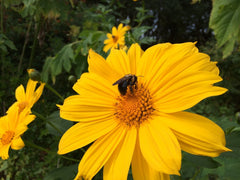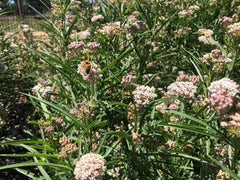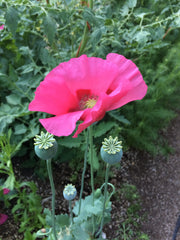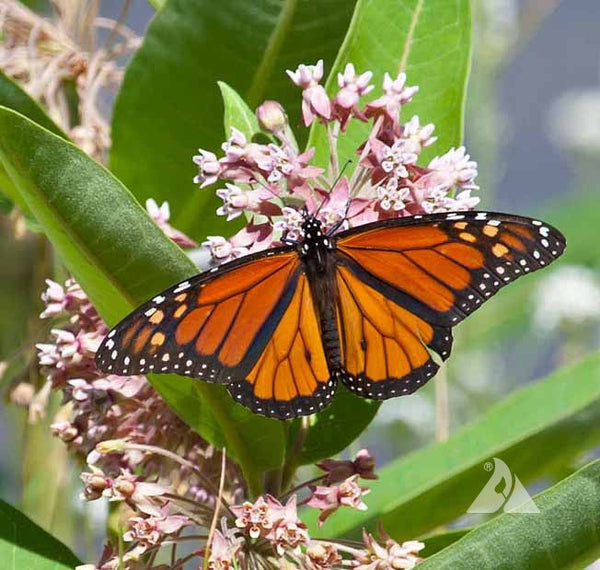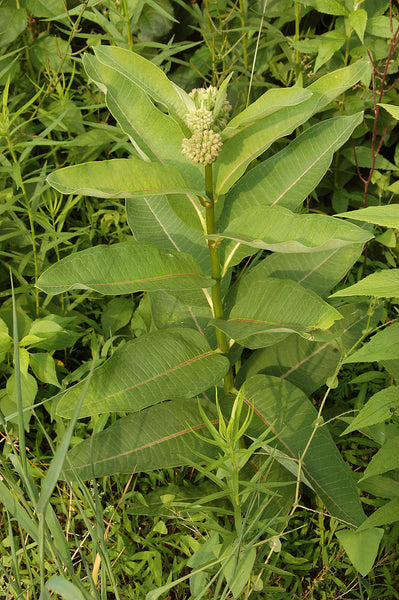Milkweed, Common
Astlepias syriaca
HOW TO GROW MILKWEED, COMMON
Start indoors 4–6 weeks before last frost, plant out after frost. Direct sow outdoors in the fall after the frosts of fall have begun. The cold, dormant planting will aid the germination of the seed in spring when temperatures warm. Prefers full sun but can grow in semi-shade. This species can spread in moister sites. Divide after 3–4 years. Sow 10 pounds per acre. Surface sow, press into soil, do not cover. Soil pH 5.1-7.0. Hardiness zones 3-8. Perennial.
Usual seed life 3–5 years.
Soil Temp. Germ. 68˚F stratify
Days to Germ. 21–28
Plant Spacing 2–3’
Row Spacing 4–5’
Days To Maturity 1–2 years
Full Sun, Wet Climate
Usual seed life 3–5 years.
Soil Temp. Germ. 68˚F stratify
Days to Germ. 21–28
Plant Spacing 2–3’
Row Spacing 4–5’
Days To Maturity 1–2 years
Full Sun, Wet Climate
- 100 Seeds$4.50
- 1000 Seeds$22.50
Milkweeds are important host plants for monarch butterflies, and they provide nectar to a wide range of butterflies, moths and bees. Native from the Dakotas, to Texas and mid to eastern Canada. The larva of the Monarch specializes on milkweeds. The eggs are laid on the milkweed plant, and the larvae will feed on the...
Milkweeds are important host plants for monarch butterflies, and they provide nectar to a wide range of butterflies, moths and bees. Native from the Dakotas, to Texas and mid to eastern Canada. The larva of the Monarch specializes on milkweeds. The eggs are laid on the milkweed plant, and the larvae will feed on the plant and mature into a chrysalis. Its populations are affected as milkweeds are eliminated from cropland with pesticides. Common Milkweed has pink flowers and grows 3–4’ tall from a rhizome. The plant's latex contains glycosides, making the leaves and seed pods toxic in large quantities to sheep and other large mammals, and potentially humans. The young shoots, young leaves, flower buds and immature fruits are all edible raw. Most modern foragers consider the bitterness and toxicity issue a myth. The plants have no bitterness when tasted raw, and can be cooked like asparagus, with no special processing. Both the plant fiber and the floss were used historically by Native Americans for cordage and textiles. Milkweed oil from the seeds can be easily made into sunscreen. Also known as Butterfly Flower, Silkweed, Silky Swallow-Wort and Virginia Silkweed. Tags: Color: Pink Purple, Season: Summer, Certification: Organic.
It is native to Southern Canada and the Midwest and Eastern U.S.
It is native to Southern Canada and the Midwest and Eastern U.S.
Learn More
Meet Your Farmer
We promote fair trade, organic practices and environmental responsibility throughout the Restoration Seeds supply chain. Below are the family farmers and seed suppliers who bring our open pollinated seeds to you.
White Dog Farm
Conventional
Seed grower since 2019


White Dog Farm is nestled in the Williams Valley and is home to Greg & Kate Stanko. We are stewards of a 5 acre farm shared by sheep, chickens, pigs and Puja, our LGD. Our passion is to nurture the earth, grow flowers and vegetables sustainably using organic practices. Correspond to whitedogfarm57@gmail.com
Reviews
